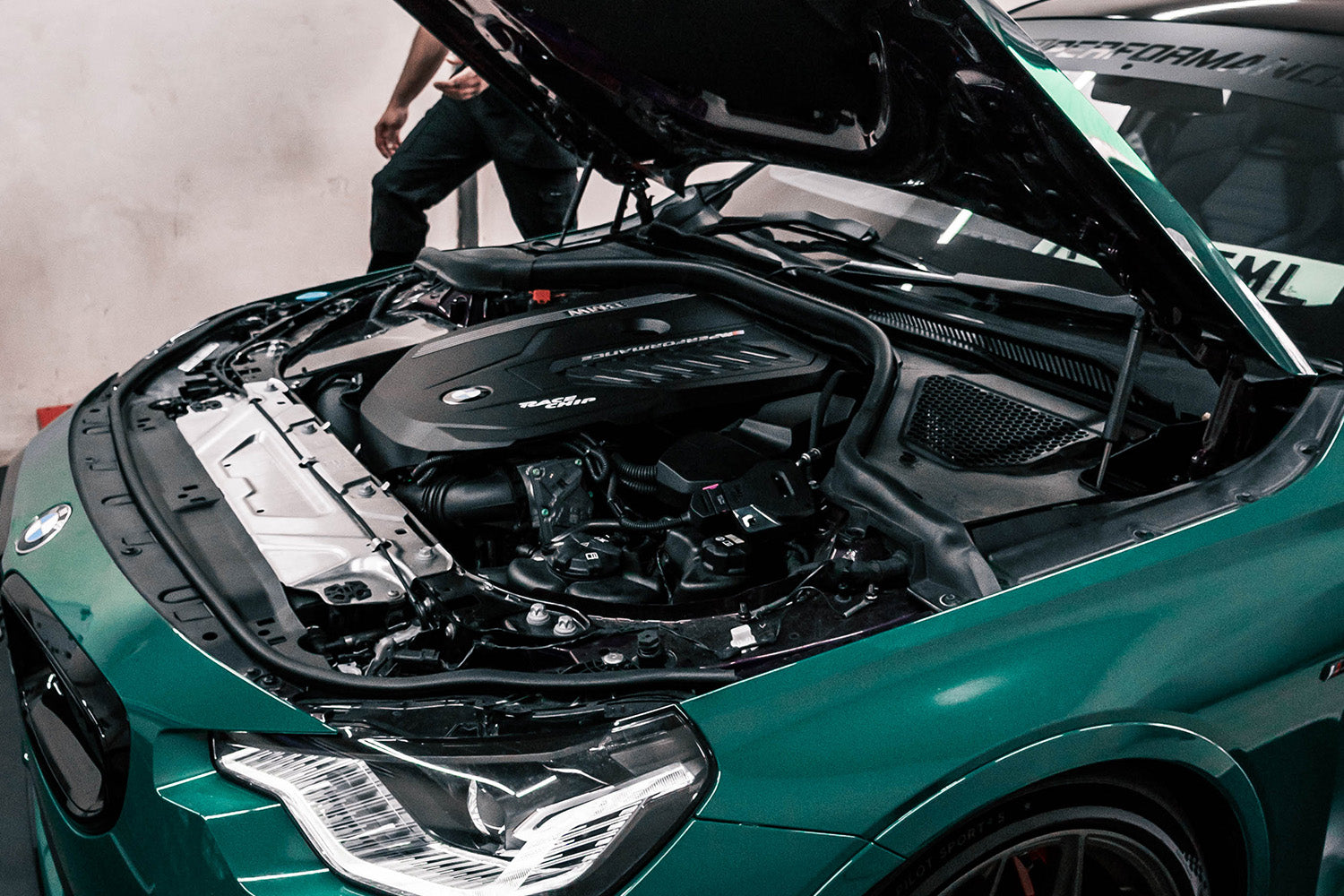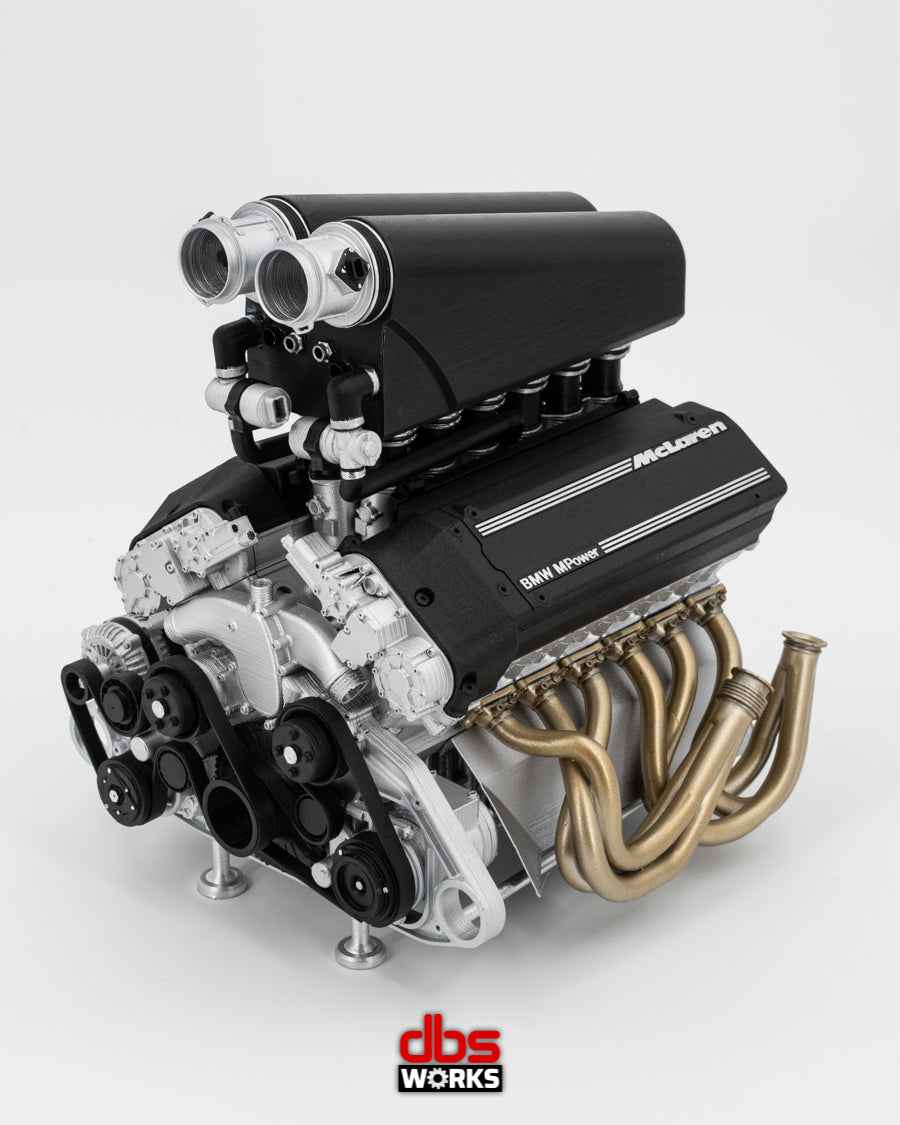The Development of the BMW Engine: A Recall at Iconic Versions
The Development of the BMW Engine: A Recall at Iconic Versions
Blog Article
Checking Out the Advancement of Burning Engines in Modern Transport Systems
As we navigate the landscape of contemporary transport, the evolution of combustion engines stands as a testament to human ingenuity and engineering prowess. From their modest beginnings to the sophisticated giants moving cars today, combustion engines have actually gone through an exceptional trip of innovation and adaptation. Understanding the ins and outs of this advancement not just clarifies the past but likewise leads the way for envisioning what lies ahead in the realm of transport innovation. The interplay of history, technology, and environmental concerns in shaping the trajectory of burning engines develops a story that is both insightful and engaging.
Very Early Beginnings of Combustion Engines
How did the principle of combustion engines very first arise in the early phases of transport development? The origins of burning engines can be traced back to the 17th century when the principles of inner combustion were very first discovered.
The advancement minute featured the innovation of the initial effective gasoline-powered engine by Karl Benz in 1885 - bmw engine. This engine paved the method for the growth of the modern vehicle, changing transportation systems worldwide. Subsequent advancements by Nikolaus Otto and Gottlieb Daimler further refined combustion engine innovation, leading to the mass production of autos and the rapid expansion of the transportation market
These early combustion engines were characterized by their simplicity and efficiency, laying the foundation for the facility and effective engines made use of in modern-day transport systems. The advancement of burning engines has contributed fit the method we travel and transfer goods, marking a substantial landmark in the background of transportation advancement.
Transition to Internal Burning Innovation
The shift to interior combustion modern technology noted an essential shift in the development of transportation systems. This change began in the late 19th century, with creators like Nikolaus Otto and Gottlieb Daimler developing the initial successful internal burning engines. These engines reinvented transportation by supplying a much more effective and efficient choice to heavy steam engines and electric motors.
Among the essential benefits of interior combustion engines was their capacity to be scaled down to fit right into automobiles, resulting in the growth of cars and motorcycles. This shift from bulky, stationary engines to portable, mobile ones led the way for the modern-day transportation systems we see today.
The change to internal burning technology additionally spurred innovations in fuel modern technology, resulting in the growth of gas and diesel as key fuel resources for vehicles. This shift not just made transportation a lot more accessible to the masses however also laid the foundation for the oil and gas sector to become essential to international economic climates.
Influence of Combustion Engines on Transportation
The fostering of burning engines in transportation systems catalyzed an extensive shift in the effectiveness and rate of global wheelchair. Burning engines transformed transport by giving a functional and dependable source of power for numerous vehicles, including automobiles, vehicles, ships, and aircrafts. This technology considerably improved the capability for items and individuals to relocate over long distances in shorter time frames, resulting image source in boosted connection in between areas and nations.
Moreover, the prevalent usage of burning engines has actually had a significant influence on financial growth. The capacity to transport goods efficiently has actually stimulated profession and business, enabling services to broaden their markets and reach consumers worldwide. This has facilitated economic development and globalization, as items can currently be transported faster and in bigger amounts than ever.
However, the ecological influence of burning engines can not be ignored. The burning of nonrenewable fuel sources has actually resulted in air pollution and greenhouse gas emissions, adding to climate change and posing wellness threats to populaces. bmw engine. Therefore, there is a growing emphasis on developing different propulsion modern technologies to alleviate these unfavorable effects and develop a much more sustainable future for transport
Advancements in Combustion Engine Layout
Many developments in burning engine style have thrust the development of transportation systems over the years. One noteworthy innovation is the development of turbocharged engines, which use exhaust gases to drive a generator that compresses inbound air, enabling even more fuel to be burned, leading to increased power outcome without a substantial boost in engine dimension. Additionally, straight injection innovation has actually improved gas efficiency and performance by specifically controlling the quantity and timing of gas injected right into the combustion chamber. Variable valve timing systems have actually also reinvented engine style by maximizing air flow at different engine rates, boosting both power and performance. An additional considerable development is the assimilation of lightweight products such as carbon fiber and aluminum alloys, minimizing total engine weight and improving car gas economy. Advancements in computer-aided design have allowed designers to enhance engine efficiency and performance via simulations prior to physical models are constructed, conserving time and sources in the growth procedure. These technologies jointly add to the continual renovation of burning engines in modern-day transport systems.
Future Patterns in Combustion Engine Growth
With innovation innovations driving constant advancement, the future of burning engine advancement is positioned to transform transport systems globally. One of the crucial trends in combustion engine growth is the home push in the direction of better efficiency and minimized emissions.
One more noticeable trend is the adoption of crossbreed modern technologies in combustion engines. Hybrid engines integrate typical combustion innovation with electrical power, using boosted fuel efficiency and lower exhausts. As the auto industry shifts towards electrification, hybrid burning engines are viewed as a transitional remedy that bridges the gap between traditional automobiles and totally electrical ones.
Moreover, the integration of wise innovations, such as fabricated knowledge and information analytics, is expected to play a significant role in the future of combustion engine advancement. These innovations can enhance engine performance in real-time, leading to a lot more effective combustion procedures and boosted overall automobile efficiency. Welcoming these future patterns will not just drive innovation in combustion engine development but additionally add to an extra ecologically friendly and sustainable transportation ecosystem.

Verdict
Finally, the evolution of burning engines in modern-day transport systems has actually been noted by substantial innovations in modern technology and layout. From the very early starts of burning engines to the shift to interior combustion innovation, these engines have had a profound influence on transportation. Innovations in burning engine layout remain to drive development in this field, with future patterns concentrating on further boosting performance and lowering discharges. The future of combustion engines in transportation looks promising as study and growth efforts remain to press borders.
The origins of burning engines can be traced back to the 17th century when the concepts of internal burning were very first explored. These engines changed transportation by offering an extra effective and effective option to steam engines and electrical motors.

Report this page